Europe is still the epicentre but the pandemic is fast becoming global.
COVID-19 Economic and Epidemiological Impact – Analysed in just a few gobbets for time-starved, over-solicited decision-makers
- Even though Europe remains the epicentre, followed closely by the US, this is the first week that the pandemic became truly global. Almost every single country is now at risk of a major outbreak. This could be devastating for poor and middle-income countries. (1) They are less equipped and in most cases even less prepared than rich countries, so the death toll and shock to their health system will be much greater; (2) They are already suffering from capital outflows, a USD funding squeeze and from collapsing commodity prices.
- A great epidemiological uncertainty is the number of undetected cases (a direct function of the extent of testing) and how it affects the progression of the pandemic. In the US, researchers from Columbia University estimate than it is 11 times higher than the number of cases officially reported (which is, at the time of writing, about 47,000). If their assessment proves correct, it suggests that even if the authorities succeeded in cutting the rate of transmission by 50% (a very tall order), around 650,000 Americans could still become infected in the next two months.
- Nobody can know what’s coming next, but it’s likely that the current global economic recession will be severe, leading to an economic depression. The reason is this: the greater the conviction that confinement measures will slow the pandemic, the greater the damage on the economy. This response is now shutting down entire industries that account for a significant portion of employment and global GDP (most notably travel & tourism + retail). The result: an exceedingly severe reduction in total economic activity of unknown duration. Even if the pandemic recedes faster (like in early May) than current assumptions, the global economy won’t restart overnight. Rosy assessments of the recovery fail to understand that: (1) we are heading for a contraction in consumer spending of gargantuan proportions; and (2) many industries and companies won’t be able to recoup losses once the recovery is under way (we won’t go twice or three times more than before to restaurants or on vacation, perhaps quite the opposite).
- How long could the current phase of confinement last? At the very least, according to policymakers, several weeks (four in France), followed by intermittent measures. At the very best, life could return to a semblance of normality in the summer.
- The damage of confinement in terms of economic impact and mental health is such that already an argument is brewing about the severity of the measures. Yesterday, PM Johnson (reluctantly) succumbed to calls for much more severe measures while President Trump announced that he might “very soon” loosen federal guidelines for social distancing so that businesses can reopen (against the advice of his public health experts). Expect the polemic to increase in intensity over the next few days and weeks. It will lay bare and open to judgement the strengths and fragilities of different socio-political systems and models of governance. A point of comparison: during the first six days of containment measures in France, there were 91,824 breaches officially recorded (the real number is considerably higher) and a few cases of popular unrest. During the two months or so of much harsher confinement measures in China, there were (to our knowledge) almost no breaches.
- From an economic viewpoint, the greatest risk at the moment is that the public health crisis turns into a credit crisis. At the moment, and despite repeated pronouncements from central bankers that they’ll provide liquidity no matter what, credit risk is erupting everywhere. When there is so much leverage (more today than in 2007), risks of losses can cascade easily. Watch this space.


